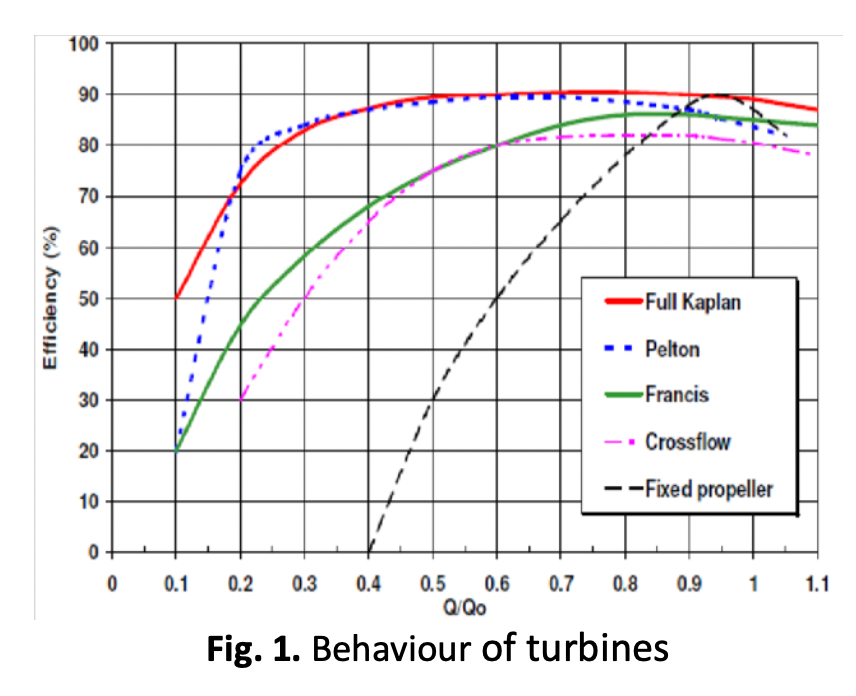A System and Method for Retrieving Energy Potential through Irrigation Gate of an Agricultural Dependent Hydro Power Plant
DOI:
https://doi.org/10.37934/arfmts.114.1.134145Keywords:
RMUD, sliding gate, agricultural dependentAbstract
The modern economics depends on the electrical energy and the share of decarburized electrical energy is the base of 2050 net zero emission targets. Non-fossil fuel and fossil fuel energy resources are the integral part of net zero energy system. The net zero emission activities are affected by increasing demand of electricity and its related CO2 emission in 2021. The contribution of 41.4% of renewable energy as compared to 56.8% of non-renewable energy in the year of 2023 at national level necessities attention of green sources of energy like solar, wind, hydro, waste to energy, small hydropower, etc. Hydropower is one of the reliable backbones of clean energy system which should be used effectively for power generation. The turbine dependent hydropower plant of 45-60 years old requires renovation, modernization, uprating and digitization (RMUD) to resolve socio-economic concerns and increasing demands. This scenario imposes the need of finding solution in existing hydropower plant than investing on new unit. Both high and low discharge should be potentially used for power generation to improve the capacity factor of the plant. Therefore, present work focusses on improving capacity factor of an existing agricultural dependent hydro power plants having reaction type turbine. Reaction turbines operates at high flow and low/medium head conditions. The operational conditions of low flow and low head for reaction turbines may lead to noise, vibration and directed to major catastrophic failure of turbines. There is a need of utilizing the energy potentials balancing power generation and irrigation even during low flow releases. Thus, this paper is an attempt to a design and develop a modified irrigation gate with sliding gate and mini hydropower system at the inlet of existing irrigation diversion gate. Stochastic nature of flows through different hydraulic structures is to be addressed by this modification. A case study of an irrigation dependent hydropower plant Dhom (2X1 MW), MAHAGENCO, Satara, Maharashtra having TWO irrigation gates have been considered. In addition to 2MW, the suggested design can generate 680kW by average irrigation releases of 2.47m3/sec through each gate. The suggested model can be used on any hydropower plant and canal locations.
Downloads

































